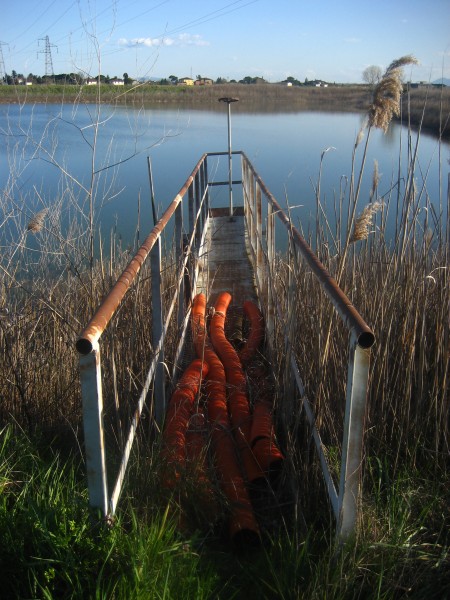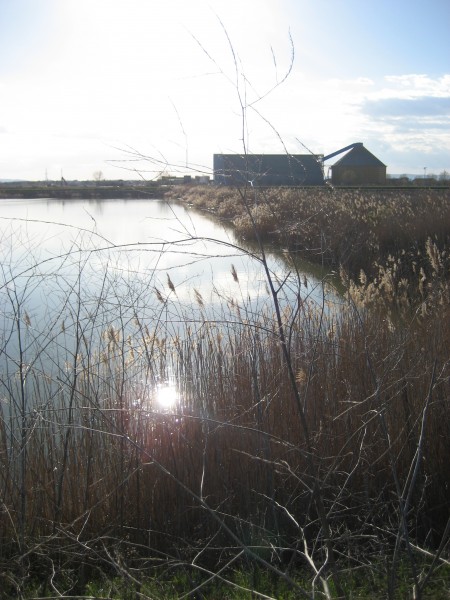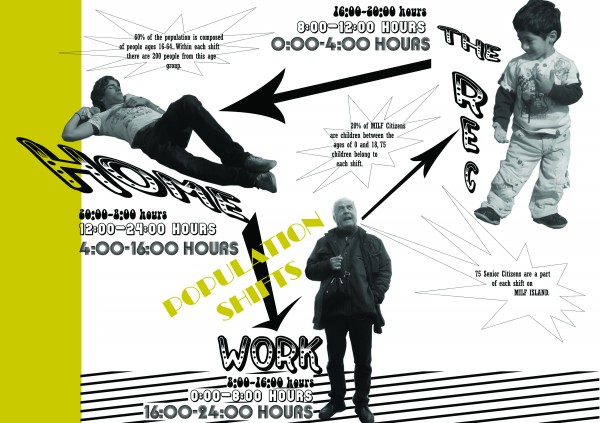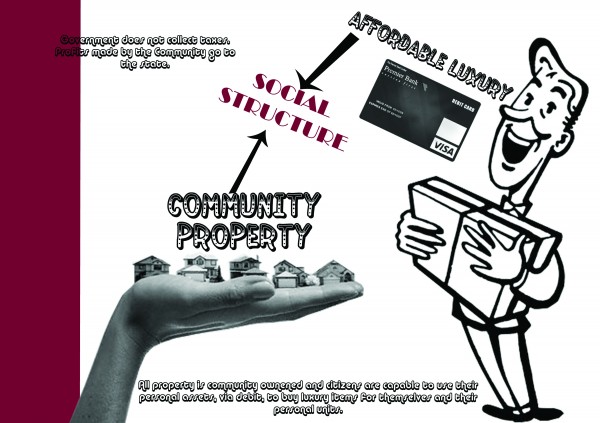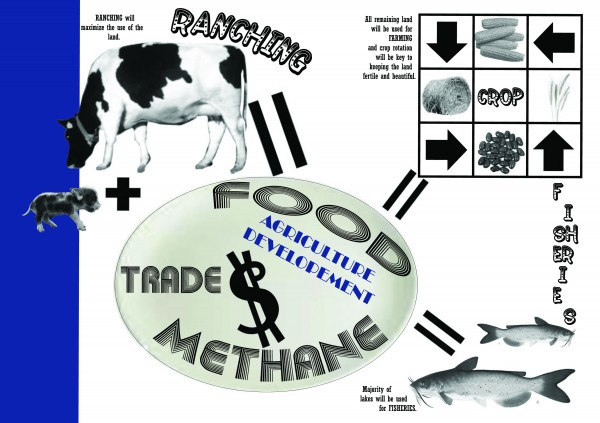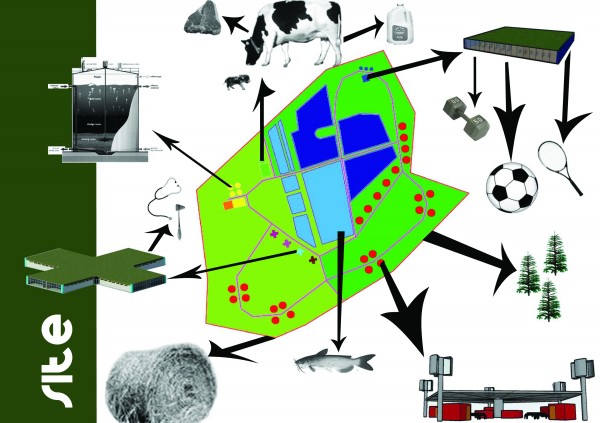e-(co)-mmunity SPRING ITALY 2009
ASSIGNMENT #1. the Cube
assigned: February 16. Due March 2
PROJECT ASSIGNED: FINAL REVIEW Problem: Castiglion Fiorentino, an Etruscan hill town, has been shaped by its steep topographic context. The town exists as a three dimensional non-Cartesian manufacture, an organic assembly of fortification walls, sloping streets, angled buildings, multiple levels and carved furrows. These elements are woven together sinuously around winding corridors, pathways and streets that create a complex pattern of positive and negative spaces. There are few right angles, level or shallow groundscapes or other features found on the valleys below. Despite this truly dynamic condition there remains few satisfactory spaces within this context that permits someone to be both inside and outside at the same time, or, in other words, to occupy simultaneously the solids and the voids of the town.
General Site Context: Inside the historic walls of Castiglion Fiorentino.
Instructions: Students to form 4 groups of 5 persons each for PROJECT A.
Objective: Each of the 4 groups is asked to identify and measure a specific space inside the town walls that feature the widest variety of spatial juxtapositions possible within a single volume of space: slopes, terracing, slanted surfaces, overhead cornice lines etc..
Each group must then fix this space within the volumetric area of a 6 meter cube.
You are allowed to locate this 6 meter cube within an area that includes both interior and exterior spaces: for example you can claim a portion of a street, and invade the adjacent palaces or go underground to achieve the cube required.
each group should make a preliminary model of the space they have chosen, at 1m = 5 cm. (24 cm length)Internal spaces if not directly accessible can be estimated (to include wall thickness, and assumed interior usages). The group is responsible for a set of hand drawings, to include six elevations and a section of choice to be presented on A3 sheets.
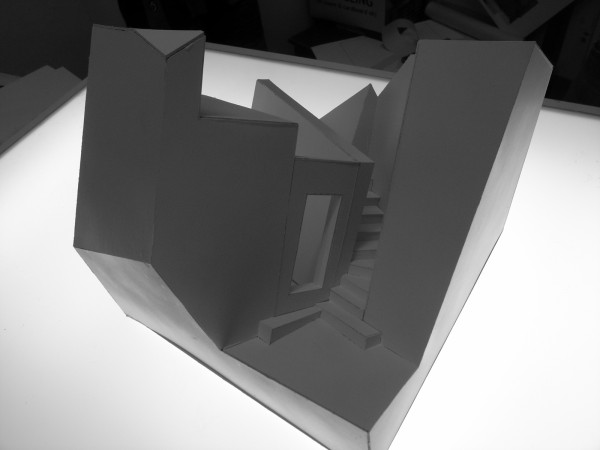
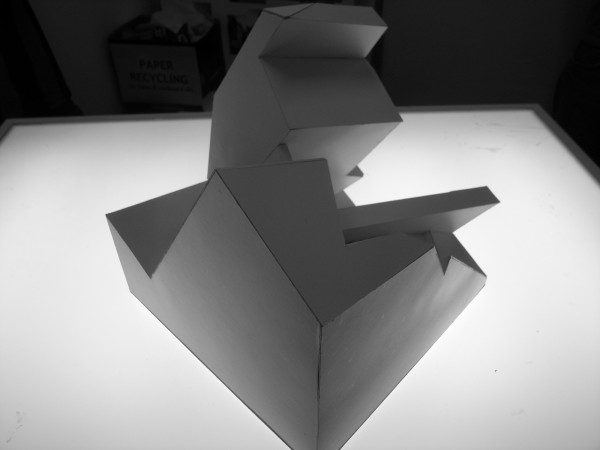
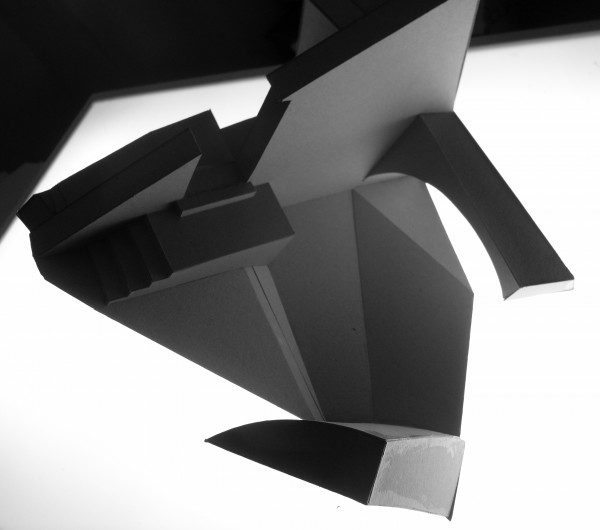
ASSIGNMENT 3.A Towards an e-(co)-mmunity.
Concept.
1: assigned Thursday MARCH 2 Due MARCH 9.
FOUR (4) persons PER GROUP. Each member of the group is to select one of the three research topics listed below and work on an in-depth study (a list of keywords and precedents are presented below and will reviewed in class):
1.a Ideal Cities investigate: Ideal city projects, (ex: Ebenezer Howard, Tony Garnier, Le Corbusier, Hibelsmeier etc)
1.b Utopia Investigate: utopian communities, utopian literature, utopian societies, dystopian visions etc. (ex: Campanella, Thomas Moore,
1.c. Eco-system. Investigate: energy efficiency technologies, bio fuels, sustainability technologies, pollution, waste and recycling
Phase 1. Each group will be required to present their research project to the class, with illustrations, relevant drawings, images as is possible. A multi-media presentation is required for this phase (audio, video, powerpoint) A list of possible research projects will be provided with this first assignment.
keywords: IDEAL CITY, UTOPIA, DYSTOPIA, COMMUNITY, PLATO’S REPUBLIC, VITRUVIUS, CAMPANELLA, FRANCESCO DI GIORGIO, WALDEN’S POND, PHALANSTERIES, NEW TOWN PLANNING, PATRICK GEDDES, CIAM, LEWIS MUMFORD, TEAM 10, GIAN CARLO DE CARLO, ROBERT VENTURI, LOUIS KAHN, KENZO TANGE, ALDO ROSSI, BRUNO ZEVI, SUPERSTUDIO, ARCHIZOOM, REM KOOLHAAS, MVRDV, CHRISTOPHER ALEXANDER,
precedent studies: POMPEI, PIENZA, URBINO, PALMANOVA, GARDEN CITY, (EBENEZER HOWARD), CITE’ INDUSTRIELE, (TONY GARNIER), PLAN VOISIN (LE CORBUSIER), BIOSPHERE, ARCOSANTI (PAOLO SOLERI) …NEW URBANISM (PLATTER ZYBERG), JAVA ISLAND, AMSTERDAM (WEST 8), DIGITAL ON LINE COMMUNITIES, MULTI USER DOMAINS, NOMADISM, GLOBAL COMMUNITIES.
technology: SUSTAINABILITY, RECYCLING, BIO-MASS, SOLAR ENERGIES, WIND ENERGIES, CONSUMPTION FOOTPRINTS,
ASSIGNMENT 3B. Towards an e-(co)-mmunity model.
Assigned MARCH 9, due MARCH 30.
Each team is to present a synthesis of their individual studies–following team brainstorming sessions, with the team’s version of the most up to date and critical proposal for a self-contained off-grid, autonomous socially and economically balanced micro urban environment, in other words, a “utopian-ideal-eco-city.” This stage of the project will be organized as a conceptual presentation presenting research analysis, program content and function diagrams (this phase can be organized on Powerpoint and can be drawn from research documents, rough sketches, collages, storyboards, illustrated diagrams.
MILANO MI FA MALE-NABA WORKSHOP SALONE DI MOBILE
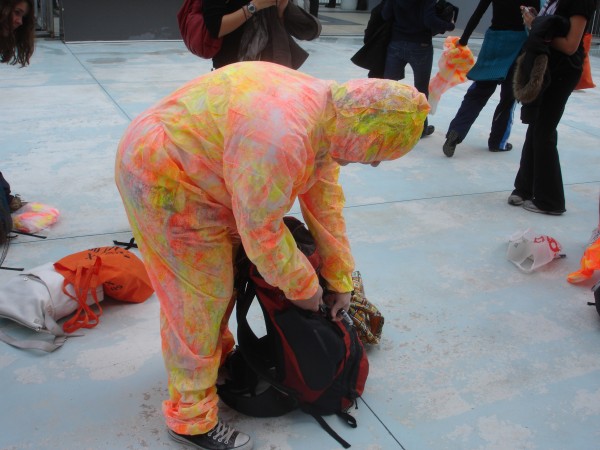
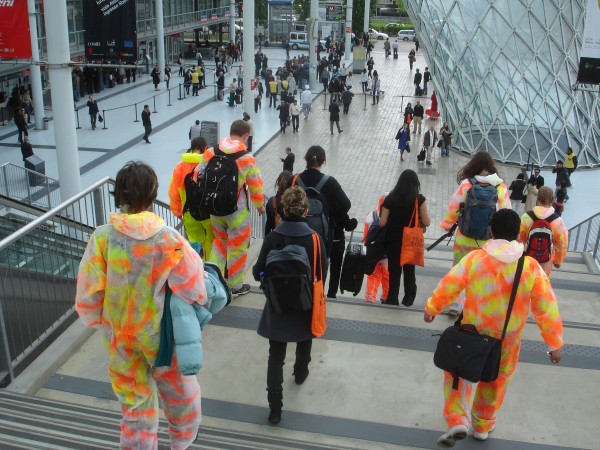
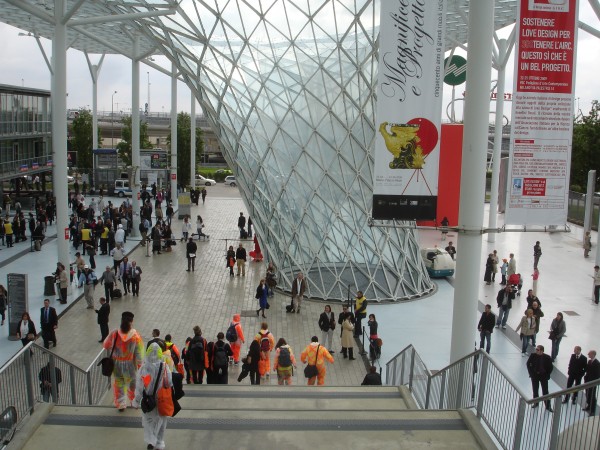
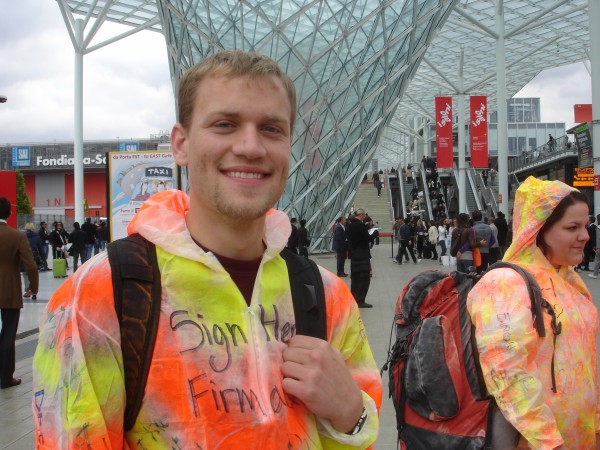
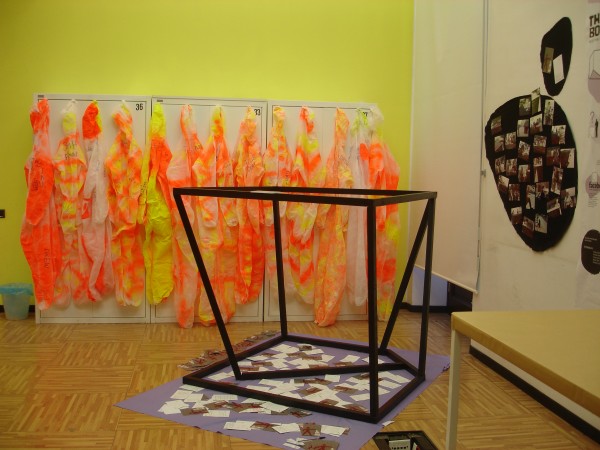
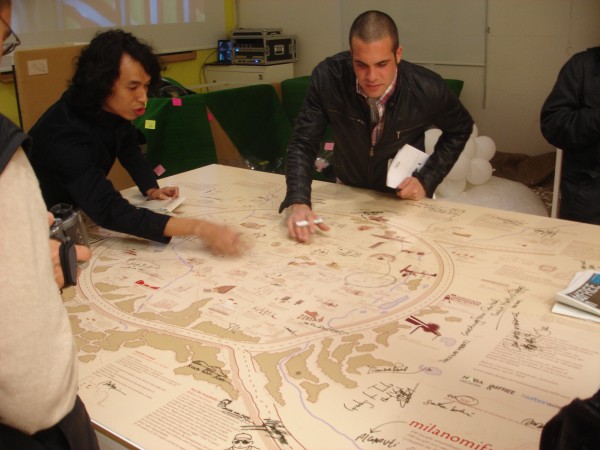

ASSIGNMENT 4. An e-(co)-mmunity model for Castilgion Fiorentino.
Assigned MARCH 30 due APRIL 30.
ex-Sugar Beet factory Sadam, La Nave, Castiglion Fiorentino.
“All society depends for its existence and growth on a balance between individual self assertion and the general welfare. If man’s instincts went unchecked, society could not exist. The continuous balancing and resolving of opposing tendencies within oneself, and between self and society–the ability to do this in keeping with personal values, an enlightened self interest, and the interests of the society one lives in–all these lead to an increasing consciousness of freedom and form the basis for man’s deepening sense of identity, self respect and inner freedom, in short his autonomy.”
Bruno Bettelheim, The Informed Heart, London, Penguin Books, 1960. (73)
Studio Assignment:
1.a Site and context: the ex-Sugar Beet Sadam factory Castiglion Fiorentino, Province of Arezzo.
The ex-Sugar beet plant, a 10 minute distance by car and 1 hour by foot from the historic center of Castiglion Fiorentino, closed its doors two years ago in accordance with European Union directives shifting sugar production to the New European Union nations in central Europe. The EU has designated the Castiglion Fiorentino site for a major bio-generation plant, in accordance with recent European legislation establishing substitute energy sources for reducing green house gases.
1.b The ex-Sugar Beet plant and the local community.
The plant closing meant the loss of about 100 permanent positions and about 300 part time positions (coinciding with Fall sugar beet harvest season). The brown-field site, occupying 120 hectares and encompassing office, factory and storage structures, water reservoirs, water treatment ponds, truck depots and dock and transfer areas remains a politically sensitive issue for the community despite promises for a comprehensive remediation program for the site. There is increasing public controversy over the introduction of new pollution sources generated by the bio-generation process. Currently the local municipality is exploring different possibilities for combining a smaller scaled bio-regeneration plant (10 MegaWatts) with diversified uses, including light industry and residential housing.
